Power outages and rolling blackouts have plagued the state of California for decades. Each year, millions of people in the state are affected by a lack of energy. Anyone living in densely populated urban cores understands this pervasive issue.
However, with increased reliance on battery usage, the blackouts will actually become less common. During the warm summer months, when electricity grids are known to overload, banked battery power can be used to supplement some of the areas that still rely on natural gas.
California Has Been Diligently Added More Power Resources
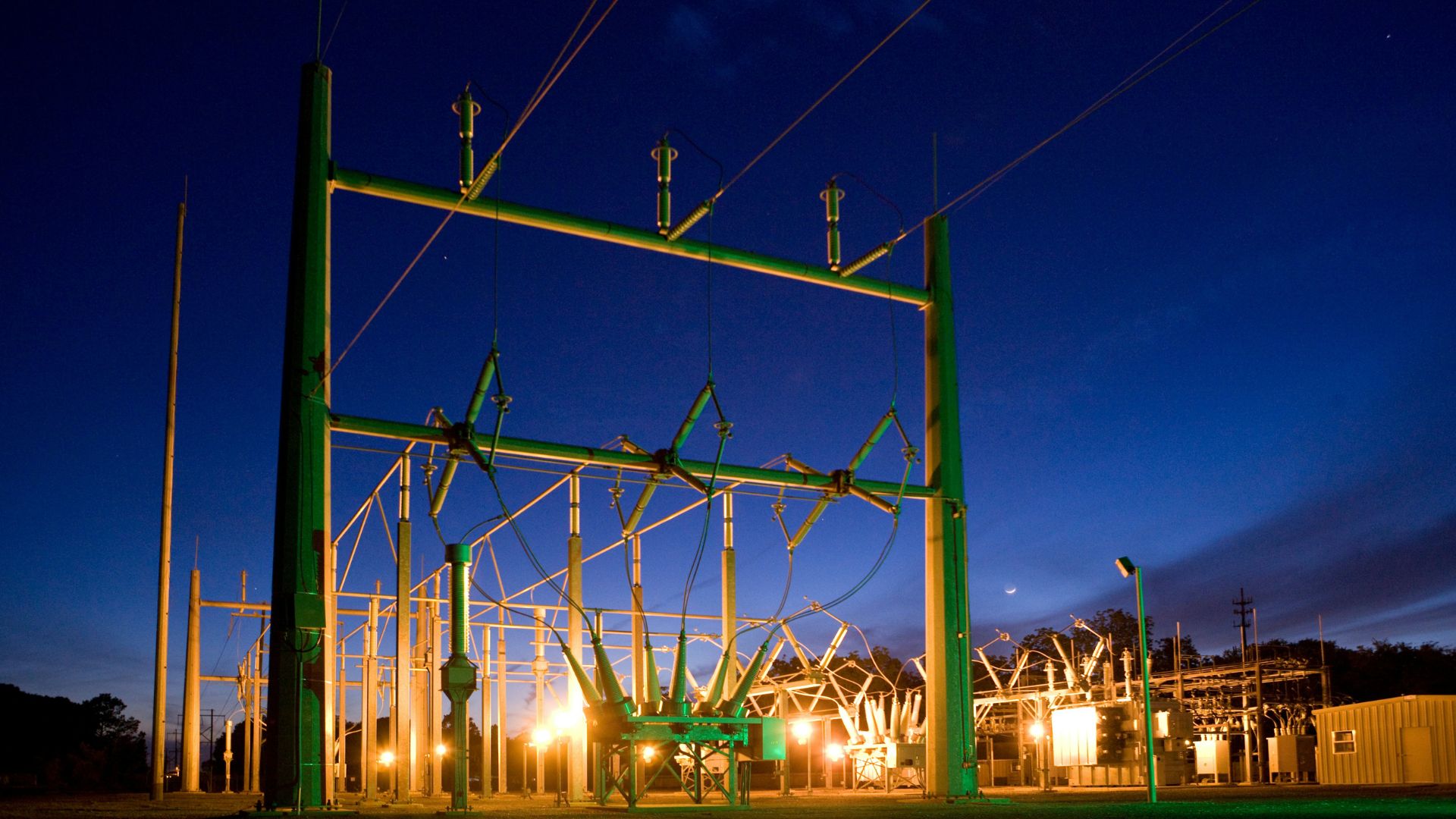
The state’s Energy Commission said in a public statement earlier this week that battery storage capacity has been growing steadily to supplement the yearly energy shortages.
Since 2020, California has added more than 18 gigawatts of new resources to its battery storage centers. Most of the added power comes from solar and wind sources recently established in the area to capitalize on the abundant natural resources.
Banks Are Expected to Supplement During Shortages
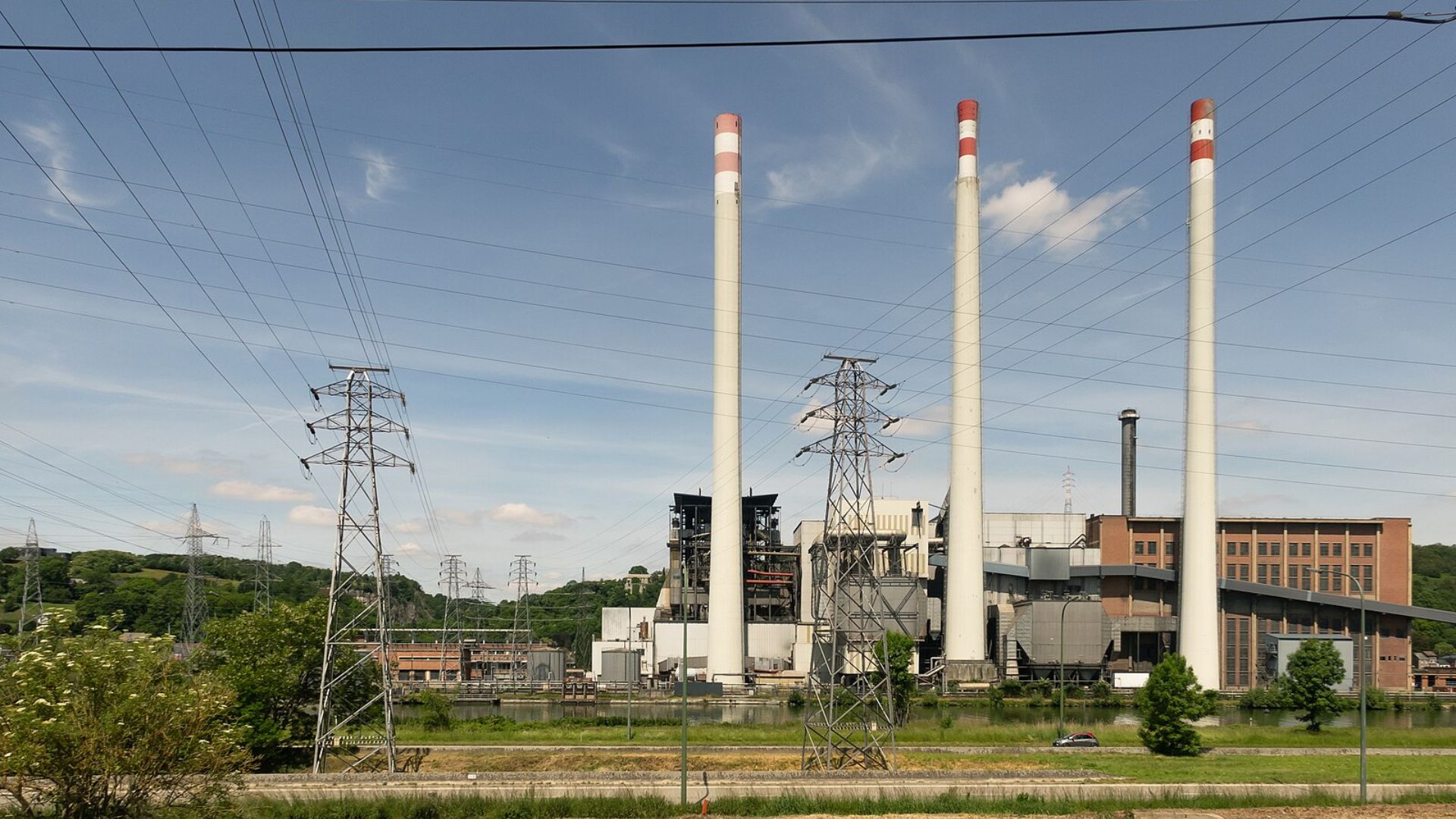
The added energy from renewable sources is easily stored in battery banks. During heatwaves in the hottest summer months, the battery banks will ensure that the state has more than enough power during outages.
Gas-fired plants have also been used to back up the capacity in the event that the renewable energy banks run out of power. The state’s ultimate goal is to supply enough power for residents, regardless of the source.
Why Does California Experience So Many Blackouts?

The power grid is prone to failure because of the overloaded demand on the electrical grid during heatwaves.
In the hottest periods of the year, energy use increases. When temperatures are hotter, fridges suck more power to stay cold people turn up their air conditioning to keep their homes manageable. All the extra power overloads the capacity and often shorts out entire areas.
Last Year’s Power Outages Improved Thanks To Clean Energy
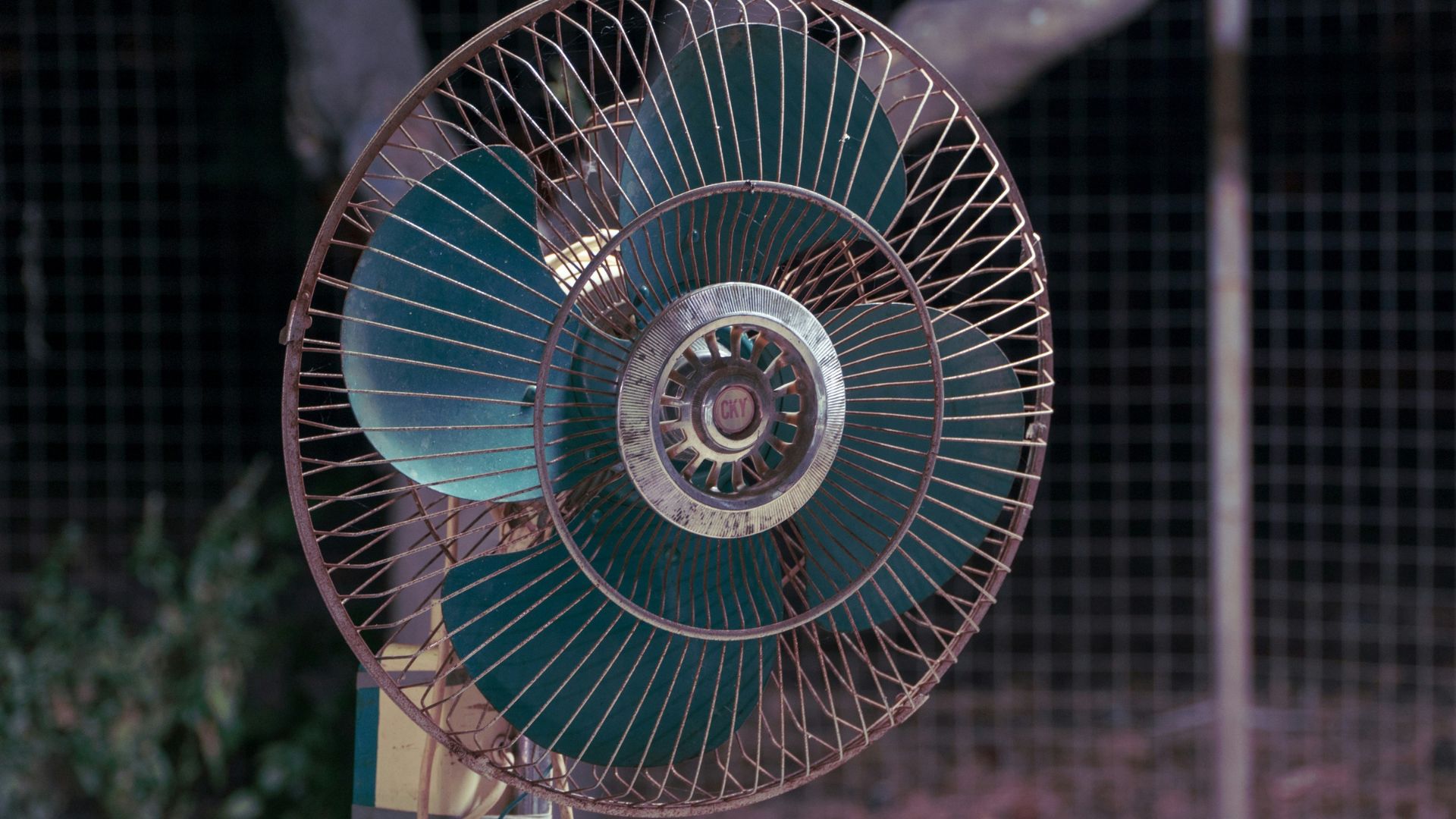
Although the state still experienced some planned outages and unexpected blackouts, the state fared much better with the increased hydroelectricity, solar, and wind power banked in battery stores.
Experts predicted no shortfalls for the 2023 summer season. The effective supply of energy that the state was able to capture paved the way for additional resources in the following year.
Why the Country Needs to Care About California’s Electricity
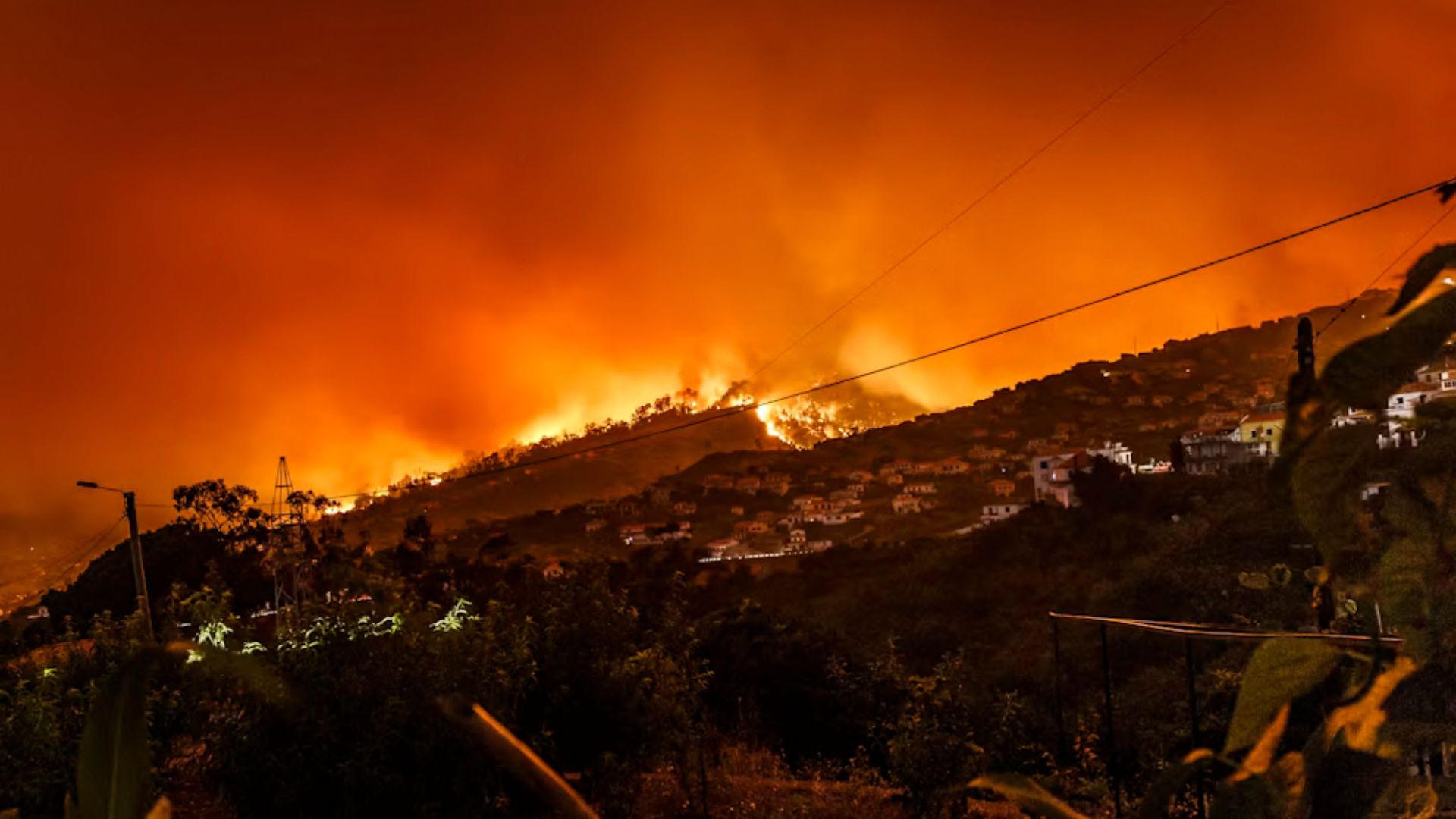
The strain on California’s electric grid does more than affect the state’s residents. Other states can often be tapped to pick up the shortfall for electricity in California, causing issues to infrastructure in other large cities.
Also, wildfires that spark during heatwaves can easily spread to surrounding states. More electricity is needed to fight fires in the process.
Danger of Outages in the State

Outages can cost the economy billions of dollars and can even lead to loss of life in case of emergencies. People are less likely to be able to access emergency services, and hospitals can even be affected.
During one severe storm in 2023, more than 700,000 residents in the Bay Area lost power. At least three deaths were attributed to this event. Even the heat can be deadly in these events; as the world becomes hotter, heat-related deaths will become more common.
California Officials Hopeful for the Coming Season

Siva Gunda, the vice chair of the California Energy Commission, stated, “We are going into the summer feeling much more prepared and confident.”
He went on to admire the state’s resilience in the face of constant natural disasters. However, one threat still looms: wildfires. He fears spreading fires could damage transmission lines, bringing clean energy to big cities. “One of the patterns over the last four years was the unexpected,” so officials hope to plan for any outcome this year.
Energy Commission Boasting About New Renewable Sources
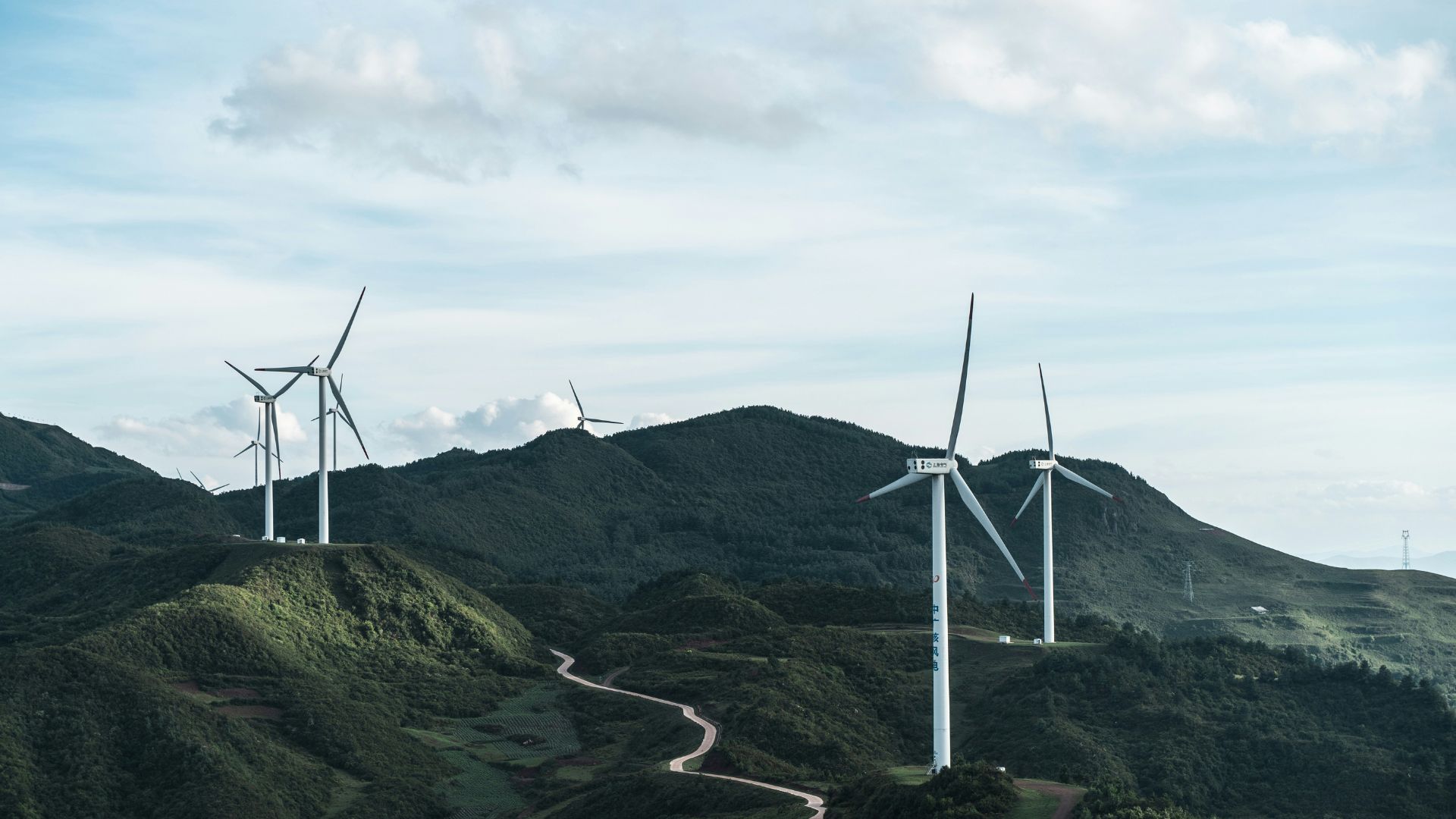
The Energy Commission released a statement earlier this month bragging about how much renewable energy they were able to capture for the grid.
More than 60% of retail electricity sales in the state came from non-hydrocarbon sources. Most of the power likely came from water, solar, and wind.
The State Made Massive Investments in Clean Energies
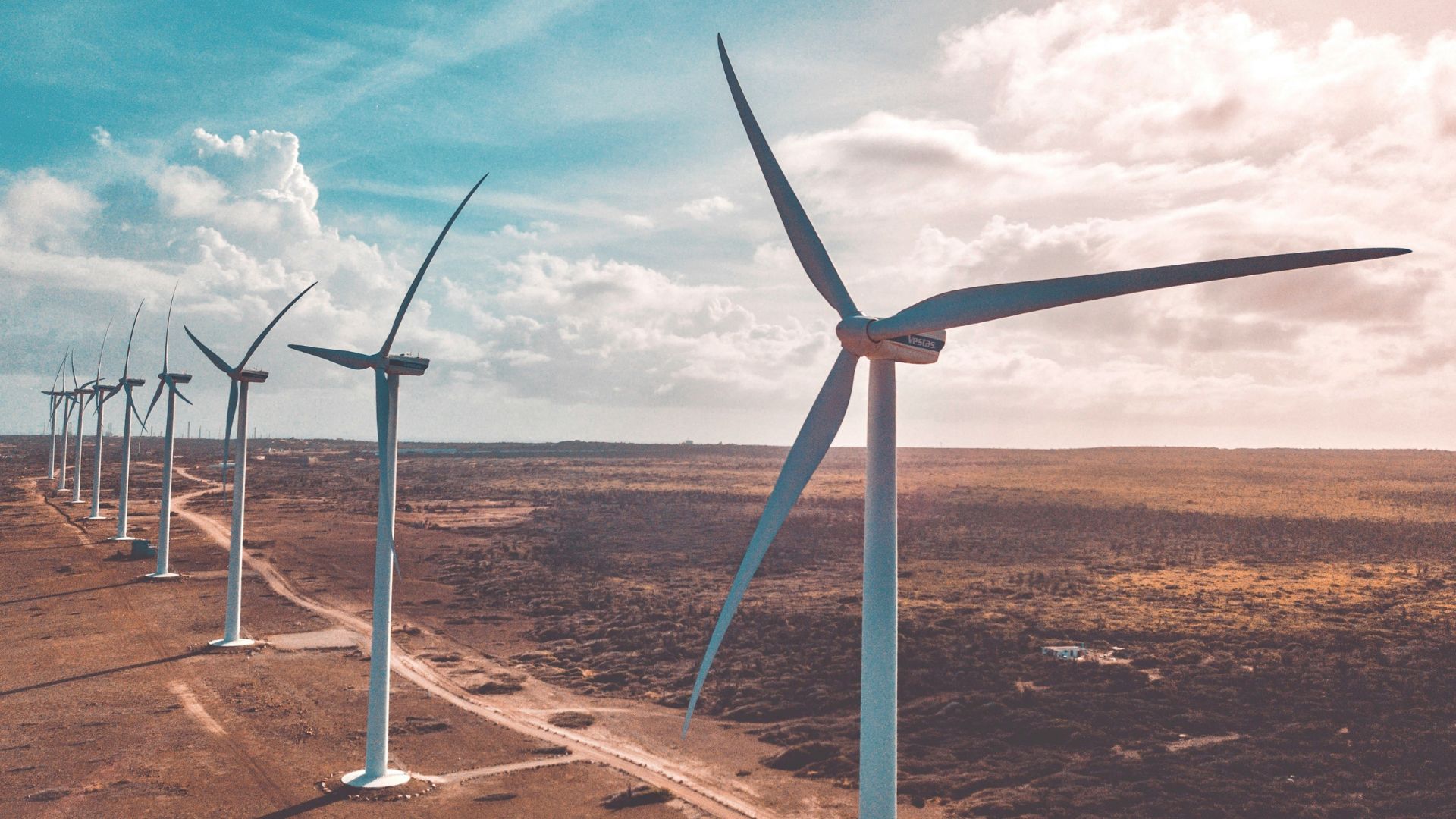
California is rich in renewable resources. Anyone who has driven near Palm Springs will be familiar with the sight of massive wind turbines capturing energy.
Although difficult to estimate, the state has spent billions on research and infrastructure to change its energy usage.
Plans To Eliminate Emissions Entirely
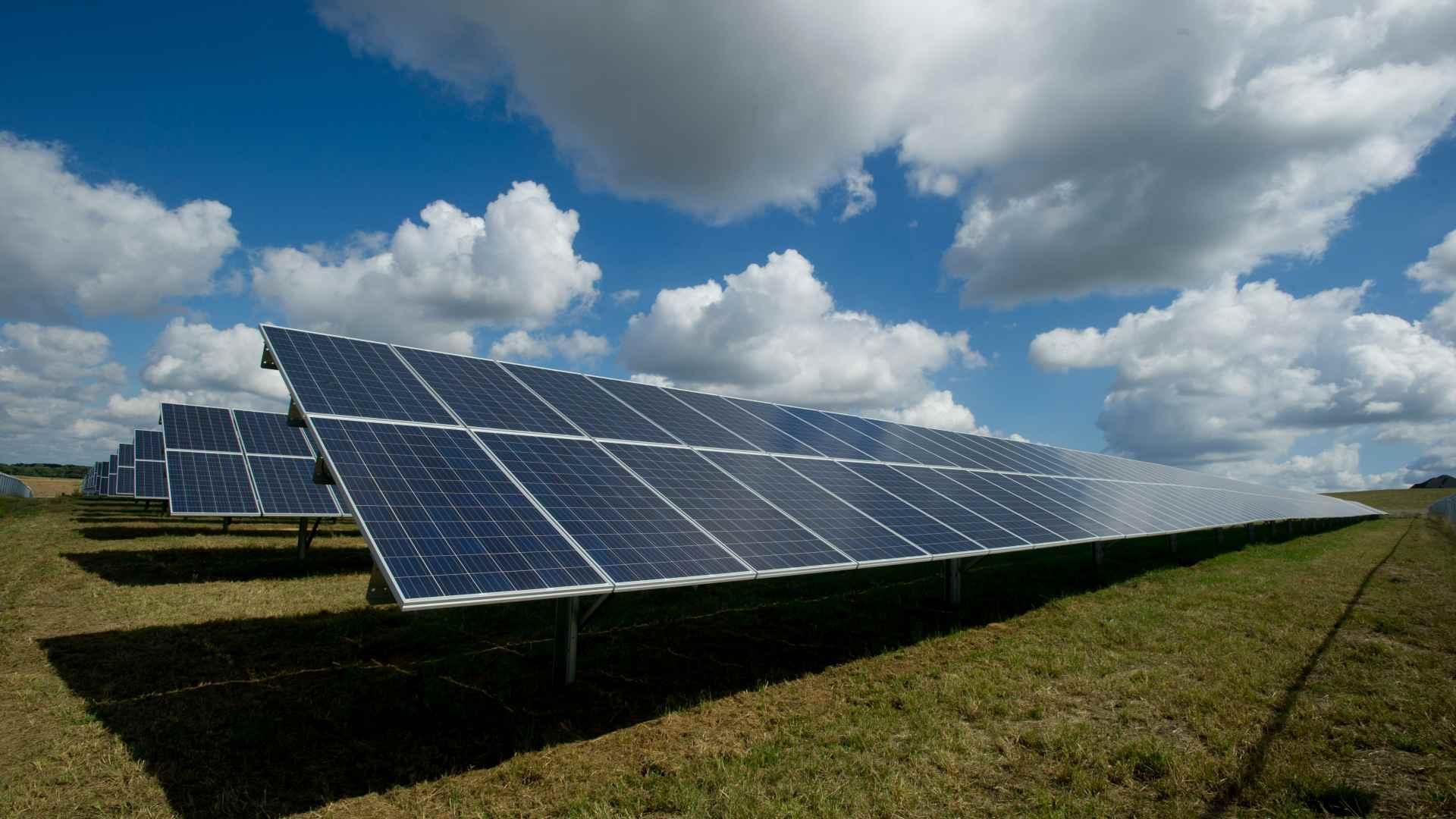
In 2045, California plans to be 100% emission-free and relying on clean energy for the entirety of the grid.
By building more solar generators and battery storage, the state is working diligently towards the plan. Another 18.8 gigawatts of clean energy resources will be added to existing infrastructure by 2028.
Biggest Contributor to Solar Power
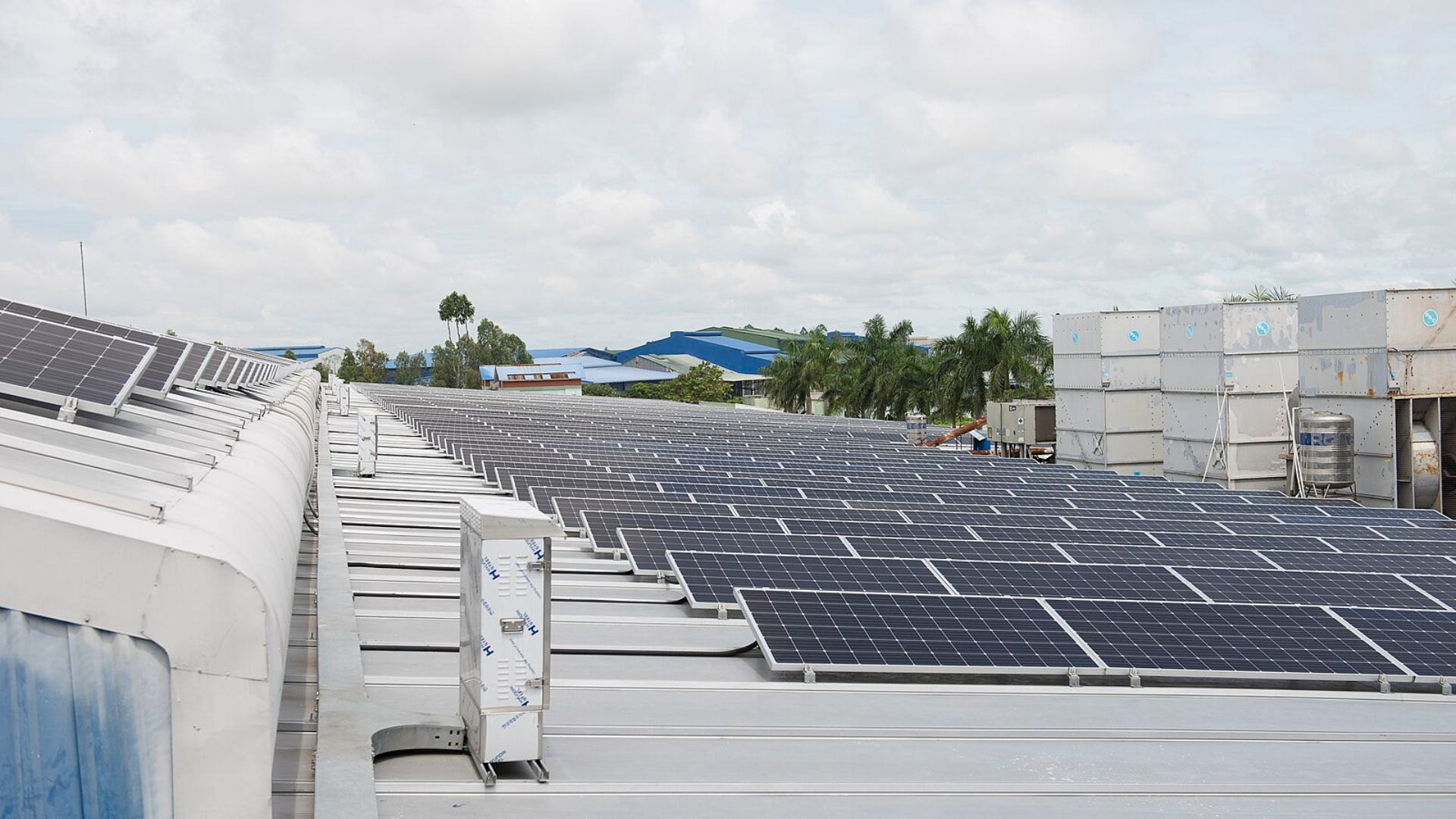
Currently, the state is the biggest solar generator in the United States and also has the most battery storage to back up extra power stores in the world.
An entirely emission-free grid would necessitate the buildout of 50 gigawatts in battery storage by the year 2045 to accomplish the goal.








































